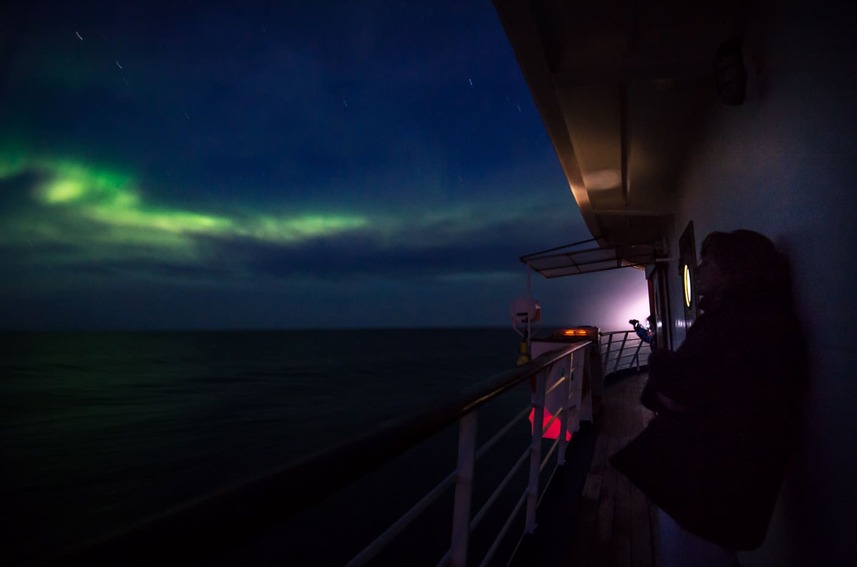Aurora northern lights
Key Takeaways
- Head to the auroral oval regions (polar Arctic and Antarctic) for the best chances to see northern lights!
- Keep track of space weather and the sun’s activity to enhance your chances to see the aurora: websites and apps will keep you posted!
- The iconic lights appear when particles from the sun hit the Earth’s atmosphere and collide with atmospheric gases.
- Prime season for northern lights in the Northern Hemisphere is October to April and March to September in the Southern Hemisphere.
- One of the best ways to experience them is a fall cruise to Greenland! Aboard a small expedition ship, you’ll get to experience them in one of the prime spots on Earth, far away from light pollution. And professional photographers aboard will help you get the best shots of the iconic dancing lights!
- The winter solstice marks the day with the fewest hours of daylight: it’s around December 21/22 in the Northern Hemisphere and June 20/21 in the south.
- The northern temperate zone is located between the Tropic of Cancer and the Arctic Circle, while the southern temperate zone is the region between the Tropic of Capricorn and the Antarctic Circle.
- The territory above and directly on the Arctic Circle marks the best opportunities to see northern lights, as well as the regions south of the Antarctic Circle.
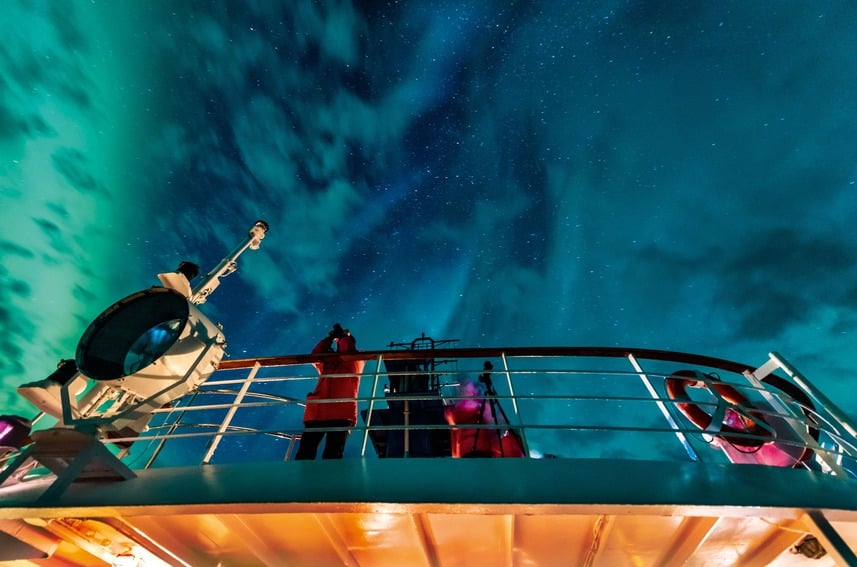
What are the Northern Lights?
If you had lived during the heydays of the Vikings, you would believe the aurora borealis to be a manifestation of the Norse gods on Earth. The Sami people of northern Scandinavia considered the northern lights a bad omen and, just to be safe, they stayed indoors when they spotted the lights. In Finland, northern lights are believed to be caused by fire foxes running through the sky and their furry tails brushing against the mountains. And North American native communities considered them the departed souls of their ancestors.
What actually causes the dancing lights in the sky may be a bit less romantic and mythical, but equally amazing. When highly charged solar particles from the sun collide with air molecules in our planet’s atmosphere, they excite our atmosphere’s nitrogen and oxygen atoms, which in turn generate the iconic green, pink, purple and blue light displays. Solar flare activity is highest on the Earth’s auroral ovals (on the “top” and “bottom” of the planet, where the magnetic fields converge), so the best places to see them are usually between 60 and 75 degrees northern and southern latitude (the Arctic and Antarctic regions).
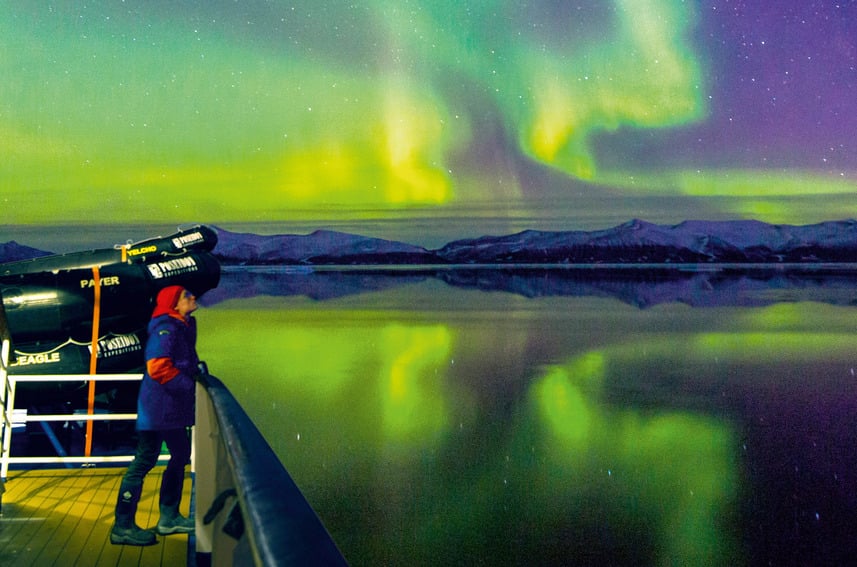
Interesting Facts About the Northern Lights
Are you ready to hunt for northern lights? Study our top facts to increase your chances of seeing them!
The sun’s cycle is key
While northern lights happen at any stage of the solar cycle, the solar maximum increases your chances of aurora sightings (the last solar maximum was recorded in 2014 and the next one is expected to happen during 2024). You can see aurora borealis during a solar minimum, but your chances decrease.
Space weather influences aurora
As the earth rotates around the sun, its activity influences our planet. Whether the aurora occurs highly depends on the sun’s activity, coronal mass ejections, geomagnetic storms and solar flare activity.
Ring of aurora
The signature dancing lights appear around the polar caps when electrons leak along the Earth’s magnetic field lines from the planet’s plasma sheet. In most aurora forecast apps, you can see the auroral oval depicted in green, giving you a hint about where to look for the lights!
The art of aurora
Auroral forms vary from displays of arcs, rays, veils or bands across the sky. If you’re very lucky you can see them dancing and moving across the sky.
A phenomenon transcending history
The earliest records of people spotting the aurora were found in ancient cave drawings and written citations as early as 2600 B.C. in China.
The Norwegians got it (first)
They do not just get a good amount of the northern light displays, but were also the first to actually explain the phenomenon scientifically! Norwegian scientist Kristian Birkeland was the first to explain that the lights are caused by the sun’s interaction with the Earth’s magnetism in the early 1900s.
Not just an Earthly pleasure
Other planets in our solar system also get the aurora borealis!
Aurora borealis – coming soon to your town?
While this one isn’t guaranteed and may take a few decades to happen, the magnetic North and South Poles are in fact shifting at around 50km (31 miles) per year. The rotation of the Earth’s core is responsible for the planet’s magnetic field and the magnetic poles are not stationary. Thus, regions that are currently not prime spots for seeing the northern lights may in the future become popular aurora viewing spots.
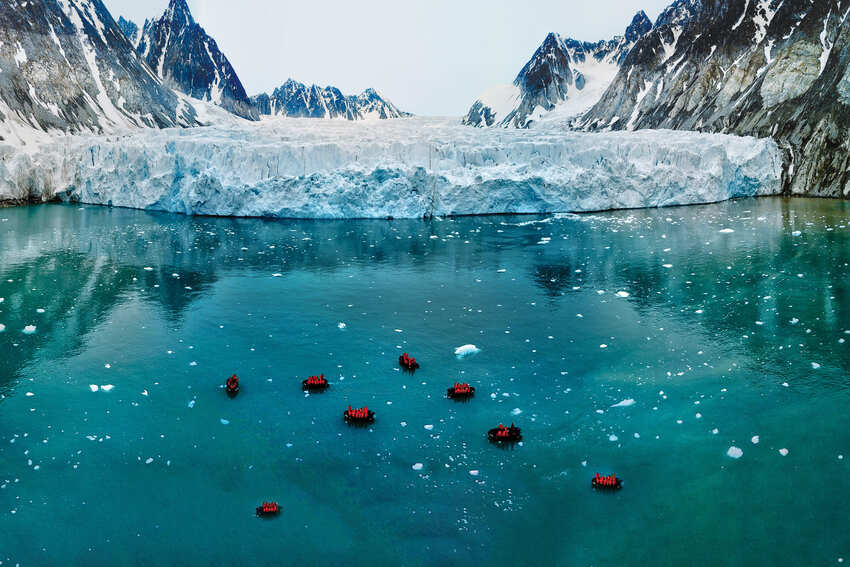
What Causes the Variety of Colors in the Northern Lights
Aurora borealis forms when particles from the sun collide with gas molecules in the Earth’s upper atmosphere. The particles interact with gases in our atmosphere and the Earth’s magnetic field, creating the northern and southern lights. Auroral emissions occur when oxygen atoms and nitrogen molecules in our planet’s atmosphere get excited (transferring energy into light). This in turn creates the mesmerizing color spectrum of the aurora, which is visible from Earth.
Excited oxygen atoms create the signature green colors, when particles collide with our planet’s upper atmosphere at an altitude of around 96 to 240km (60 to 150miles). Red is a rare color to spot, comes with intense solar activity and particles colliding above 240km (150miles) above ground.
Nitrogen, when excited, creates shades of purple and pink, turquoise and blue. This happens mostly during times of high solar activity and when particles collide at lower altitudes (around 96km (60miles) and lower).
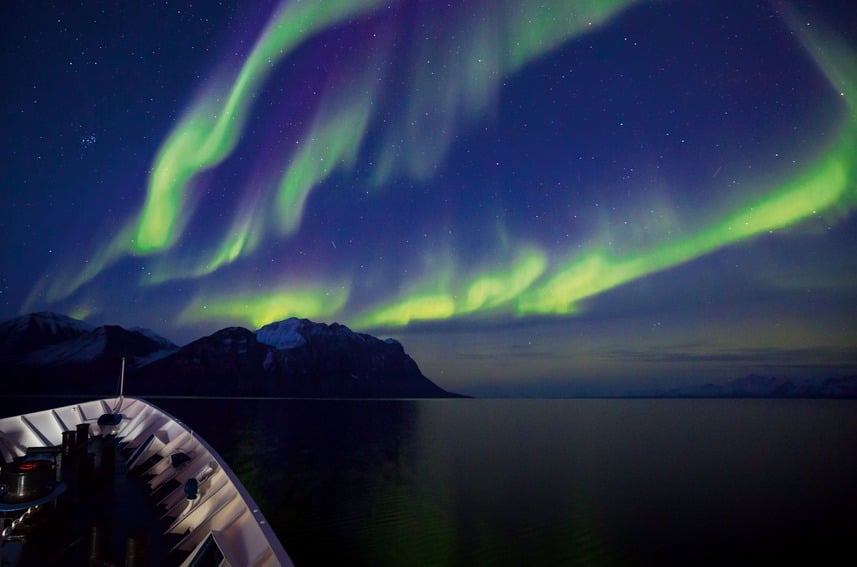
The Best Time of the Year to See the Northern Lights
Dark skies are the best stage for amazing northern lights active displays! In the Arctic, October to April is the best time to see them. During the summer months, they may be present, but the midnight sun may interfere with visibility. Auroral activity in the Southern Hemisphere peaks from March to September (during the austral winter). Overcast and cloudy days are your enemy! That’s why spring and autumn are generally better to catch a glimpse of them due to more stable weather. The equinoxes (around March 21st and September 23rd) are known for the most active displays of the aurora!
Be prepared to stay up late; the aurora is most active between 9pm and 2am. But don’t worry – you won’t have to stare at the sky all night. Most hotels and guesthouses offer an aurora watch service and can give you a call when the lights are out. There are also several websites and apps that have aurora forecasts and live cameras to keep you up to date. A wonderful way to see the northern lights is a late summer or fall Greenland cruise. You’ll sail to the prime viewing spots, where you can relax on deck while experiencing the dancing lights in the most remote and beautiful places on Earth.
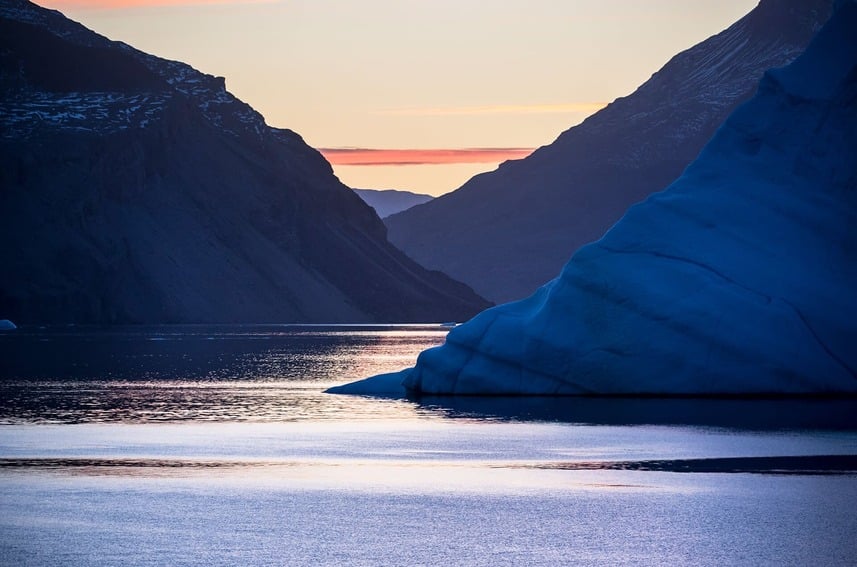
The Best Places to See the Aurora Borealis
You can see the northern lights and best auroral display in the area below the auroral ovals, which is located between 60 and 75 degrees north and south latitude, circling around the polar regions of the Earth. Popular places to spot the northern lights are Northern Scandinavia (Finland, Norway, Sweden), Canada, Greenland, Russia and the northern parts of the United States (Alaska). But the Northern Hemisphere isn’t the only place where you can see them! Auroras occur in the Southern Hemisphere around the auroral oval near the South Pole (aurora australis).
Get away from the brightly lit cities to experience them! Light pollution will make it difficult to see the northern lights, even if they’re out. In most areas where the aurora northern lights can be seen, tour operators organize excursions to the best spots so see them in the northern sky. Auroral activity and intensity around the ovals are not consistent! Just because you see the northern lights in full flare in Iceland on a given day does not mean your friend in Alaska will see any aurora activity at all. If you want to spot the southern lights (aurora australis), you may head to Antarctica, or you may get lucky and spot them in south Australia and New Zealand.
And did you know that sometimes you can even experience them away from the poles? Due to particularly strong solar storms, northern lights can sometimes even be seen at lower latitudes! In the fall of 2023, several European countries such as Italy, Hungary, Austria and Bulgaria reported auroral displays.
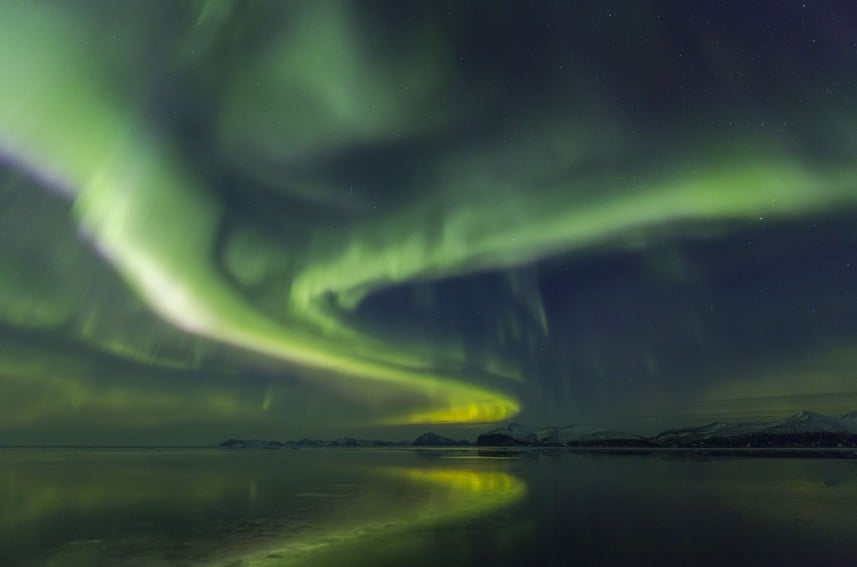
Auroral Forecasts
Looking for the aurora? Stay up to date with aurora forecast apps and websites. Expect 3-day period forecasts that are constantly updated. While there are also 27-day solar cycle forecasts, they are not as reliable and may change.
- NOAA (National Oceanic and Atmospheric Administration) - https://www.swpc.noaa.gov/products/aurora-30-minute-forecast
- University of Alaska Fairbanks: read more about the Aurora and get tips on viewing the lights; get forecasts and live camera views! - https://www.gi.alaska.edu/monitors/aurora-forecast
- Aurora Sky Station (Abisko Lapland): featuring forecasts and live camera views! - https://auroraskystation.se/en/welcome-to-aurora-sky-station/
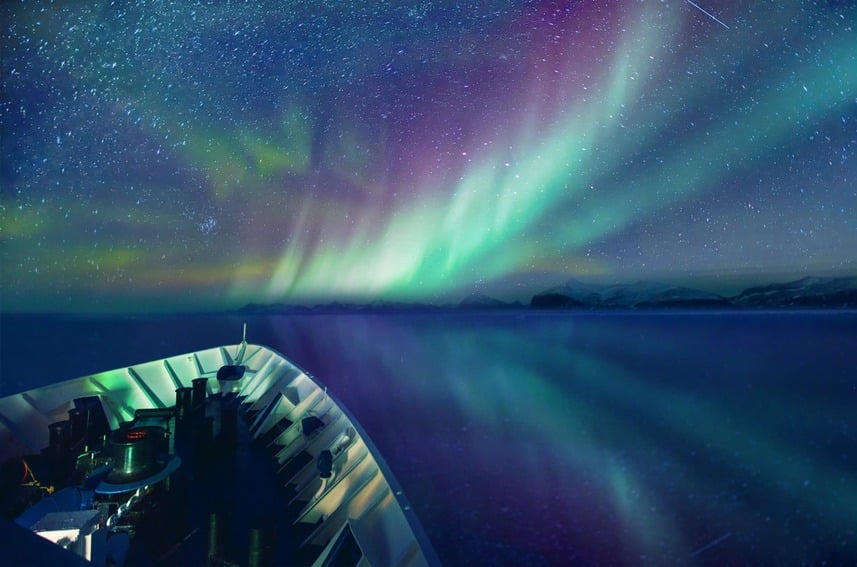
How to Photograph the Northern Lights
- The northern lights are out, and you want to capture the dancing lights on camera? Follow a few pointers from professional photographers to get the best shots:
- Know your camera before you go on the aurora hunt; it takes not only luck, but knowing your equipment to get the best pics!
- Set the widest aperture in your lens (e.g. aperture f/2.8. or lower).
- Adjust the ISO from 3200 to 8000 (depending on your camera model and presence of city lights, etc.).
- The shutter speed should be set between 1-12 seconds (the aurora is constantly changing; the more dynamic and brighter the lights, the faster the shutter speed should be set).
- Adjust the white balance to 3500k.
- Use manual focus on distant light (e.g. a star or the moon) and then move the focus ring until you reach the sharpest point.
- Set your camera settings to northern lights.
- Set a shutter delay of 2 seconds.
Only got your smartphone on hand? While professional cameras may get you the better pictures, your mobile phone camera may capture a few good shots as well. Download apps like NightCap Camera, Northern Lights, ProCamera and X Lite. We highly recommend using a tripod, also for shots with your mobile phone camera.
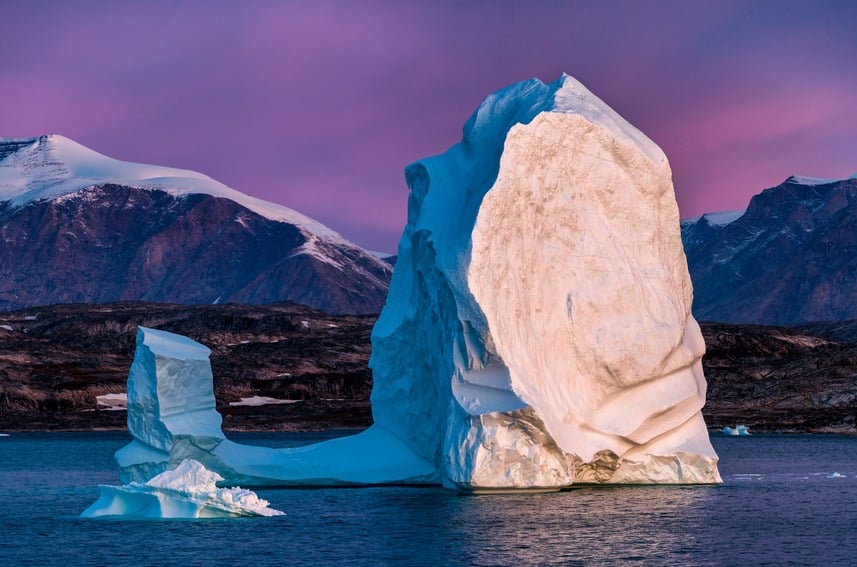
FAQ
Why are the northern lights called aurora?
The 17th century astronomer Galileo Galilei gave this celestial phenomenon its iconic name in 1619: aurora borealis. It is named after the Roman goddess of dawn (Aurora) and the Greek name for north wind (Boreas). Famous explorer Captain James Cook gave the southern lights their name: aurora australis.
Can the northern lights affect life on Earth?
It’s not the northern lights themselves, but the electrically charged particles (expelled by the sun during solar winds) that hit the Earth’s atmosphere. These particles can interfere and affect radio waves around the world. There are around 2000 radio blackouts caused by solar activities during each 11-year solar cycle.
Do northern lights happen every night?
Aurora borealis is caused by solar wind that collides with the magnetic fields of the planet. That does not happen every day. When solar winds hit the area where the planet’s magnetosphere meets the atmosphere, electrically charged particles excite atoms (oxygen and nitrogen) in the Earth’s atmosphere. The atoms’ electrons change their orbitals and, upon their return to their normal trajectories, light particles (photons) are emitted. Millions of excited atoms generate a lot of light creating the aurora borealis in the auroral zone of the planet.
Do northern lights make noise?
Yes, they actually do – but rarely! Recent research confirms that the northern lights make a sound similar to white noise or high voltage buzzing sounds, crackling and hissing. Don’t be surprised if you do not get to hear them. Only a few aurora encounters (and only when the lights are very active) are audible to viewers.
How long do auroras last?
To see the northern lights, you’ve got to stay alert! Aurora activity lasts from a few minutes to a few hours. We recommend keeping your jacket and boots ready when you’re on the aurora hunt and want to wait for them indoors. Once they’re out, grab your camera and enjoy the aurora borealis in the night sky!
